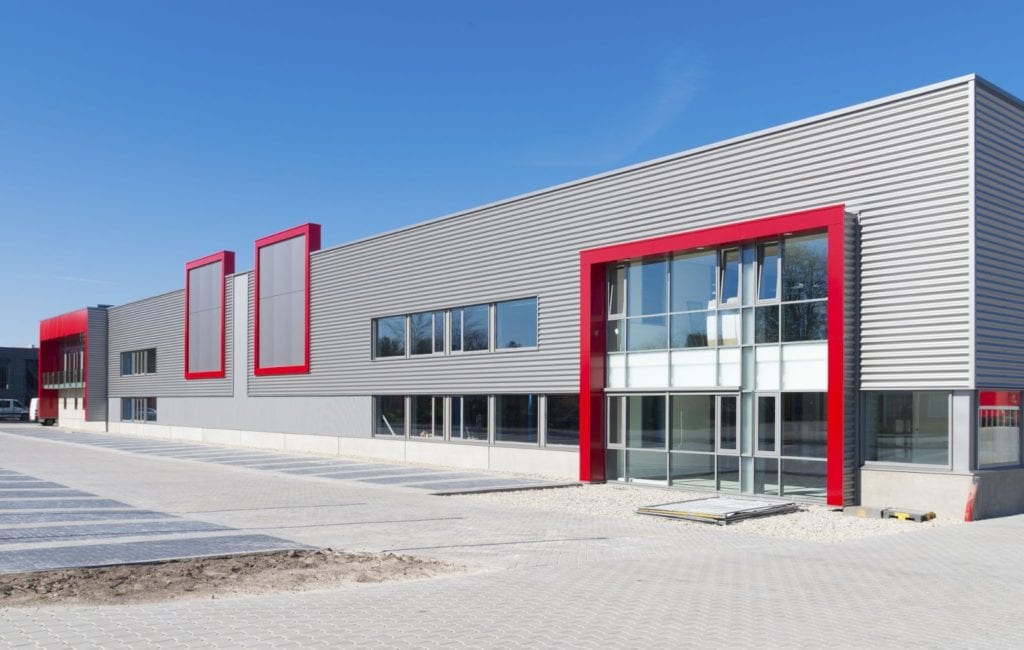Are you thinking about replacing your home’s roof? Or perhaps you want a new, studier roof for your business? There are a few differences between residential and commercial roofs regarding design, materials used, maintenance requirements, and installation cost.
What are the key differences between residential and commercial roofing? Here’s a quick look.
Design
This is probably the most apparent difference between residential and commercial roofs. Commercial roofs usually cover more area than residential roofs, and they tend to have a very low or entirely flat slope. Usually, you’ll see such types of roofs on warehouses, stores and factories.
The roofs on commercial properties are designed in a way that allows them to handle the extra weight of heavy HVAC blowers and industrial pipes that are placed on them. Their surfaces also usually feature multiple exit and entry points for blower outlets and smokestacks.
On the other hand, a residential roof usually has nothing placed on it apart from solar panels and geysers in some instances. In addition to being smaller, residential roofs tend to have a higher pitch than commercial ones. Lastly, the openings on residential roofs are minimal, often confined to chimneys and skylights.
Materials Used
The choice of roofing material for residential and commercial roofs is based on the size and design of the roof, among other factors.
Usually, residential roofing is done using asphalt shingles. These are affordable and pretty easy to install. Other materials used on residential roofs include metal, slate, and ceramic.
The process of residential roofing generally involves the following:
● Nailing plywood to wooden rafters
● Crafting the roof deck
● Laying down a protective underlayment
● Installing shingles, shakes, or tiles
Because commercial roofs tend to be on the flat side, it’s not advisable to use residential roofing materials on them. Most commercial buildings use modified bitumen, tar, and single-ply coverings like PVC and sprayed polyurethane foam.
Laying down a commercial roof involves several layers. These include the insulation, deck, protective and reflecting coating. The exact combination of layers depends on the type of commercial building and the type of roofing material being used. When it comes to materials, there are more options for commercial roofs than residential roofs.
Maintenance Requirements
With their differences in size and design, you can expect different maintenance requirements for residential and commercial roofs. As you might have guessed, commercial roofs cover more extensive square footage; therefore, they tend to have more demanding maintenance needs.
On the other hand, residential roofs are smaller and easier to maintain. It also takes less time to scan for damage to a residential roof. In some instances, you can even do some minor maintenance on your own, like replacing one or two shingles or unblocking the gutters.
Installation Cost
There is a huge cost difference between residential and commercial roofs. A commercial roof is more expensive (often upwards of $20K) to install due to its large size, labor, materials, and protective gear required for the installation process. Residential roofs range in price, too, averaging about $15K; however, unless they cover a lot of square footage, they don’t cost nearly as much.
Choose the Best Residential or Commercial Roof for Your Property in St. Augustine
At HW Roofing, our team has more than a decade of experience installing residential and commercial roofs, and we’re committed to delivering the best roof for the best price. We understand that financing a new roof is a huge deal, and we’re here to help you make the right choice.
Get in touch with us today to schedule a free inspection. Our roofing services are available to those in and around Northeast FL, including St. Augustine, Nocatee, Ponte Vedra, and Jacksonville.


